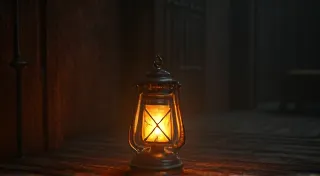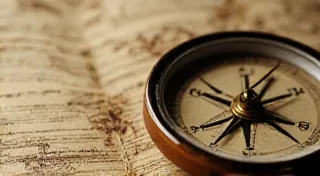Frozen Moments: How View-Master Reels Shaped the Perception of Iconic Historical Events
There's a particular scent associated with memory – the mustiness of aged paper, the faint aroma of plastic, perhaps a whisper of forgotten dust. For me, it’s the smell of my grandfather’s View-Master. He’s gone now, but the small, red plastic viewer, filled with circular reels, remains a portal to a bygone era. More than just a child’s toy, the View-Master was, and remains, a powerful tool for shaping perception, particularly when it came to presenting history.
The View-Master, introduced by Sawyer’s View-Master Viewers in 1939, arrived at a pivotal time. World War II was looming, national identity was evolving, and the desire for accessible, engaging information was insatiable. Initially focused on vacation destinations and Disney characters, the company quickly recognized the potential to showcase something far more impactful: historical events.
It’s easy to dismiss these reels as simplistic, even naive, but their influence shouldn't be underestimated. Before widespread television coverage and the internet, the View-Master offered a unique and immediate window into far-off places and pivotal moments. Imagine a child in Ohio, glimpsing the construction of the Hoover Dam, or witnessing a staged depiction of the coronation of Queen Elizabeth II – events they would otherwise only read about in newspapers or hear described on the radio. The visual impact, however curated, left an indelible mark.
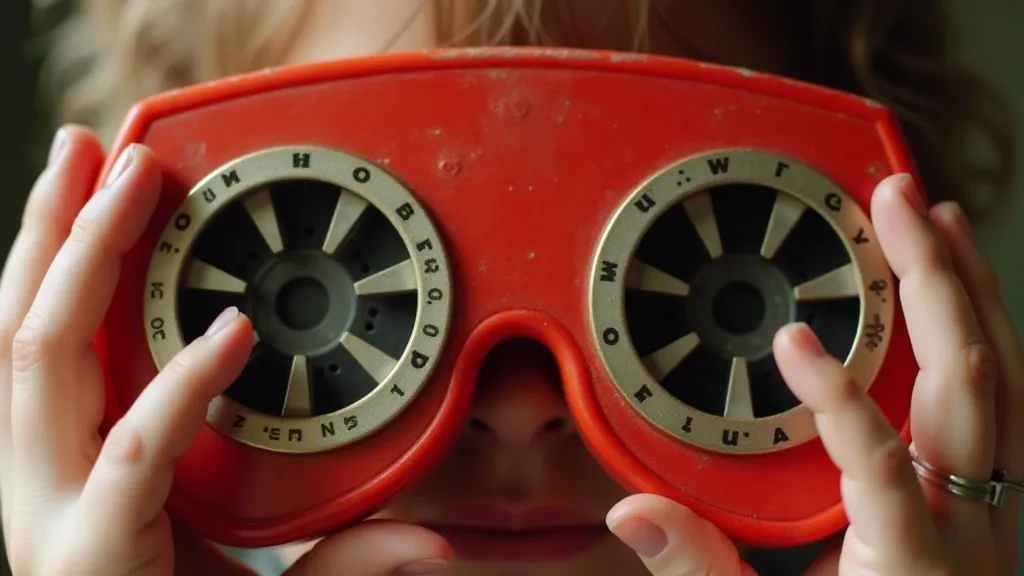
The Selective Lens of History
Crucially, these weren't objective recordings. They were interpretations, carefully curated and presented through the lens of the time. The reels showcased weren't necessarily the complete story, but rather a chosen narrative, often designed to evoke patriotism, inspire awe, or reinforce national pride. For example, the “March of Science” reel series, popular in the 1950s, presented scientific advancements in a distinctly optimistic light, often omitting the ethical considerations or potential downsides. The reels showcasing the space race weren't just about reaching for the stars; they were about demonstrating American superiority during the Cold War.
The production quality, while impressive for the technology of the time, added another layer of complexity. The images were often carefully staged, with lighting and composition employed to create a specific emotional response. The accompanying narration, delivered in a reassuring and authoritative tone, further shaped the viewer’s understanding. This wasn’t the gritty realism of modern documentary filmmaking; it was a polished, sanitized version of events, designed to entertain and educate, but always with a subtle agenda.
Consider the reels depicting the building of the Panama Canal. They emphasized the ingenuity of American engineering and the triumph of human will, often glossing over the devastating impact on the indigenous populations and the harsh working conditions endured by laborers. While showcasing a remarkable feat of engineering, the reels inadvertently perpetuated a romanticized and incomplete perspective. This selective portrayal of monumental achievements reveals a recurring theme within View-Master reels – the framing of events to align with a specific cultural narrative. Indeed, preserving these relics isn't just about safeguarding physical objects; it's about understanding the ideologies and aspirations that shaped the era in which they were created, as highlighted by those focusing on fragments of paradise: restoring damaged View-Master reels to their former glory.
The Craftsmanship and Collecting
Beyond the historical significance, the View-Master reels themselves are objects of remarkable craftsmanship. The meticulous process of creating each reel – from the initial photographic capture to the printing and assembly – is a testament to the dedication of the artisans involved. The quality of the original photographic prints is often quite impressive, and the durability of the reels themselves is astonishing, given their age. Many have survived for over seventy years, passed down through generations.
Collecting vintage View-Master reels is more than just acquiring nostalgic trinkets; it's a form of historical preservation. Each reel is a tangible link to the past, offering a unique glimpse into how events were perceived and understood in a different era. Some reels are exceptionally rare, commanding high prices among collectors. Reels focusing on specific historical events, particularly those with limited production runs, are highly sought after. The “Our World” series, featuring photographs from around the globe, is particularly desirable, as is anything related to significant historical figures.
Restoring vintage View-Master reels is often a delicate process. The cardboard backing can be brittle and prone to tearing, and the images themselves can fade over time. Careful cleaning with archival-quality materials is essential, and any torn backing should be repaired with the utmost care. The goal is to preserve the reel in its original condition, allowing future generations to experience its unique charm. Sometimes, the memories linked to these reels aren’t just visual – they’re auditory, evoking sounds and atmospheres that transport us directly back to the moment of viewing. Those dedicated to recovering these forgotten soundscapes understand this deeply and are working to explore ephemeral echoes: aural companions and the lost soundscapes of View-Master experiences.
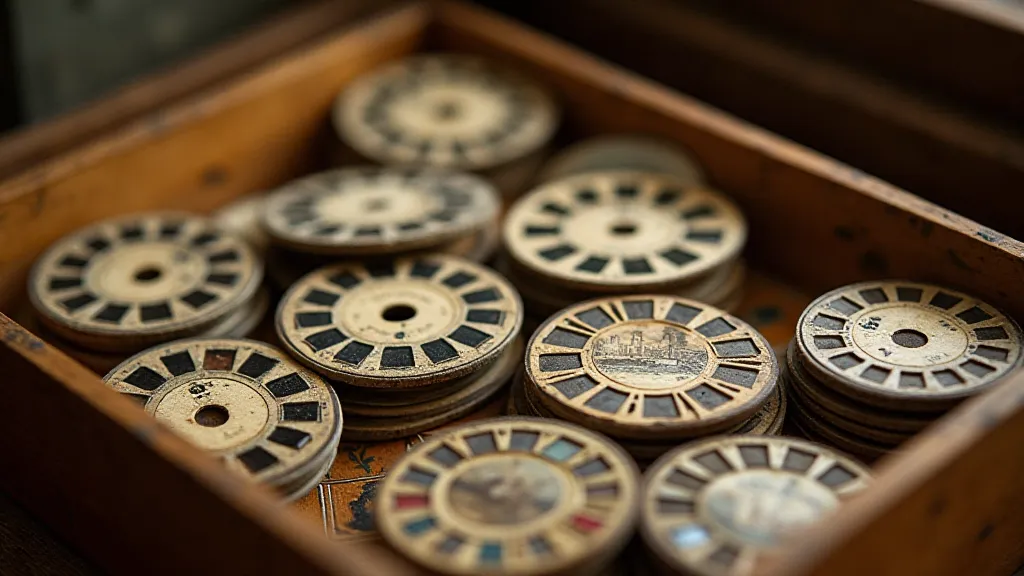
The Enduring Appeal and Future of View-Master
The technology underpinning the View-Master has, of course, evolved considerably. Modern viewers boast greater resolution and immersive capabilities, and digital projections offer a flexibility unheard of in the mid-20th century. However, the underlying principle – transporting the viewer to another time and place, evoking emotion, and shaping understanding – remains remarkably consistent. It’s a testament to the enduring power of storytelling through visual media. The legacy of View-Master extends beyond its initial popularity, influencing the development of immersive technologies. The careful construction and arrangement of images to elicit specific emotional responses was foundational to how we now approach virtual reality and augmented reality. The meticulous curation of these reels, the deliberate framing of events – all of this laid the groundwork for a new generation of storytelling techniques.
The very notion of a "reel" – a series of images presented in a sequential order to create a narrative – is a concept that resonates even today. It’s a building block of animation, film, and interactive media. The spirit of the View-Master – the promise of escape, the allure of discovery, the joy of shared experience – continues to inspire. Though the physical product may have faded from widespread use, its impact remains visible in the digital landscape. The fascination with bringing history to life, with allowing viewers to step into another era – that is the core legacy of the View-Master, and it's a legacy that continues to thrive.
Imagine a child in the 1950s, captivated by a reel depicting a futuristic city, filled with flying cars and robotic helpers. That image, that glimpse of possibility, shaped their dreams, fueled their imagination, and perhaps even inspired them to pursue careers in science and technology. The View-Master didn't just show them the future; it planted the seeds of innovation. The careful arrangement and presentation of these visions were integral to inspiring a generation, and while many reels have been lost to time, there’s a dedicated community committed to uncovering ghost light on a carousel: recovering the lost reels of tomorrow.
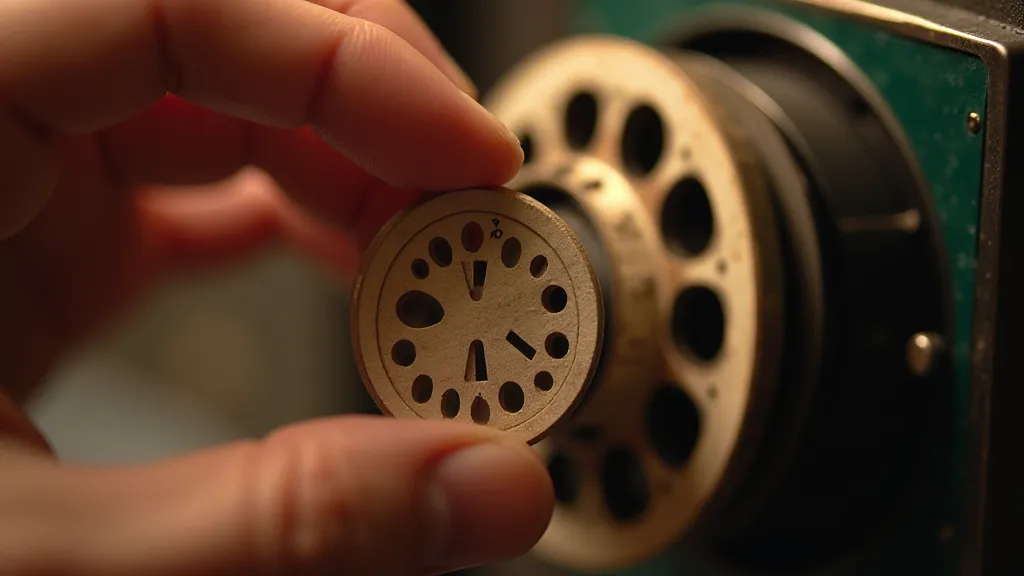
A Window to Childhood: Why View-Master Matters
The tactile experience of handling a View-Master reel—the satisfying click as it rotated, the faint scent of aging cardboard—these are details that evoke a deep sense of nostalgia. It’s more than just a toy; it’s a time capsule, a portal to a simpler era. It represents a time when entertainment was less pervasive, less demanding of our attention. When a few carefully curated images could transport us to another world.
The ability of View-Master to foster a sense of wonder and imagination is particularly important in an age dominated by fast-paced, digitally mediated experiences. It encourages us to slow down, to observe, to appreciate the beauty and significance of the world around us. It reminds us of the power of storytelling to connect us to the past, to inspire us, and to shape our understanding of the present.
My grandfather’s View-Master, with its faded images and slightly warped reels, isn’t just a toy; it’s a window into his childhood, a portal to a time when the world felt both larger and smaller. It's a reminder that history isn’t just a collection of dates and facts; it’s a story, a narrative, and that narrative is always shaped by the lens through which it’s presented. Collecting these reels isn't just about preserving objects; it's about preserving a perspective, a unique and valuable piece of our collective memory. It’s about understanding that even seemingly innocuous objects can hold profound cultural and historical significance, offering a unique perspective on a bygone era. And, crucially, it's about recognizing that the memories and emotions linked to these reels are as important as the images themselves—the keystone of childhood: how View-Master reels defined a generation's wonder.
The rise of digital photography and accessible global communication has undeniably altered how we consume historical imagery. Yet, there’s something inherently special about holding a View-Master reel, knowing that it once captivated a child's imagination and offered a glimpse into a world that, while familiar, was also profoundly different. It’s a connection to the past, a tangible reminder of a simpler time, and a powerful testament to the enduring appeal of visual storytelling.




